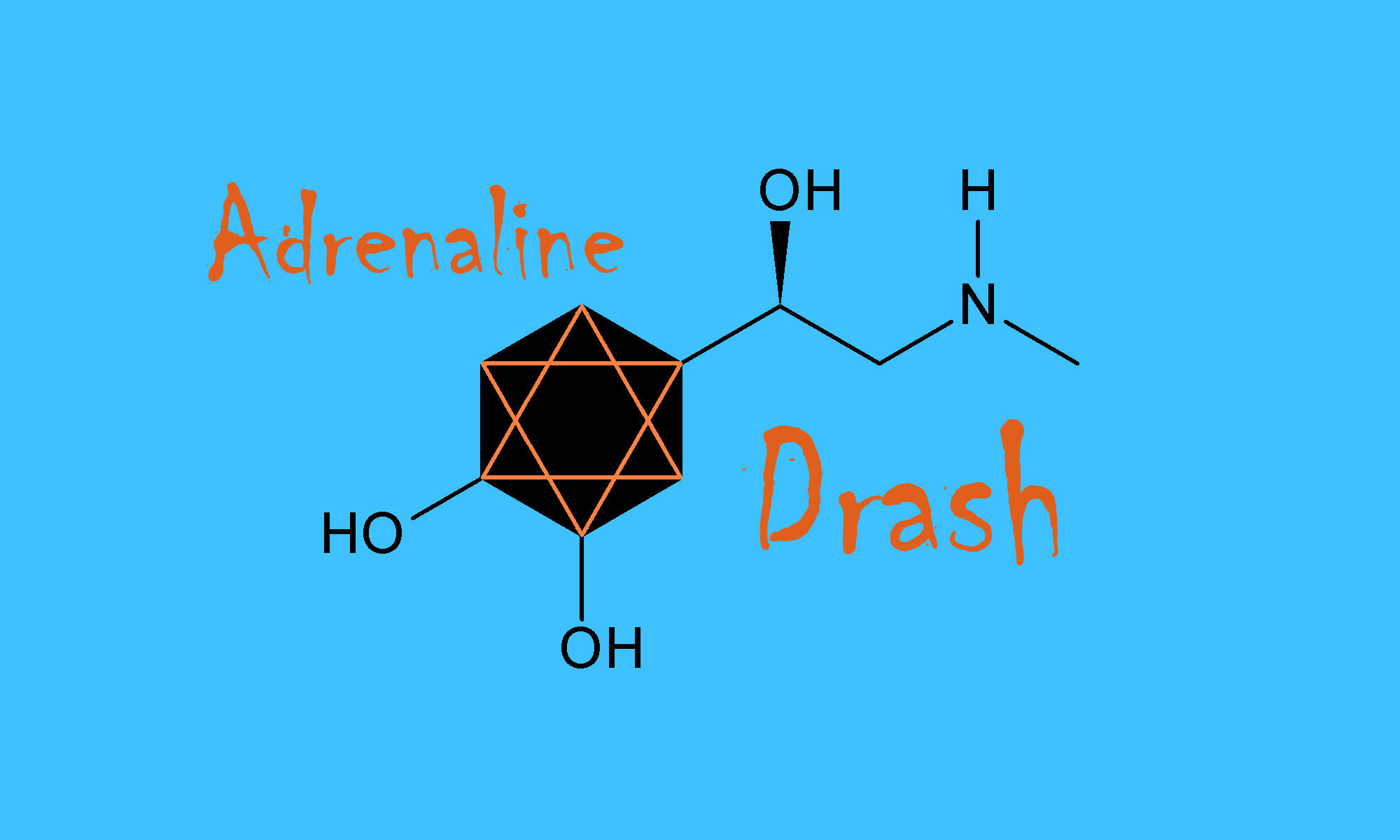
We are smack dab in the middle of the Torah. Tazria, “she seeded,” marks the exact halfway point of our fifty-four parshiot.
And it is the kind of parsha that makes readers wish it had no place in Torah at all.
It’s easy to see why. This is the parsha which reads like a medical textbook. We learn in nearly sickening detail how inflammations of the bodies may present: scaly, yellow, white, and otherwise. We read about the various ways skin may appear after a burn. The presence and color of any hair growing out of inflammations or burns are considered and described.
Those whom the priest declares “impure” must remain outside the camp and call out “impure, impure.”
We can do all sorts of things to make Tazria easier for us to read. We can note that words like “impurity” and “purity,” “cleanliness” or “uncleanliness” may appear to encourage judgment and rejection but weren’t actually used that way by Ancient Israelites.
Ancient Israelites didn’t use these terms to describe individuals as inherently evil or sinful. They are using them to describe conditions, not moral states. Being pregnant or giving birth is a state of being. Being intimate with someone else is, too. A skin inflammation alters one’s condition, as does menstruation. Yes, people are being quarantined or kept from the Temple precincts if they aren’t in the appropriate state. But no one is being judged for presumed ethical failings or violations of law.
We can note, as academics long have, that each of the conditions described in this section of Leviticus deals directly with two alternate states of being: life and death. If you have a wound and bleed, you are not considered “impure.” If you are a menstruating woman, you are. A menstruating woman’s blood loss is the loss of potential life.
As for all those eruptions and inflammations? Skin diseases that look like wasting diseases naturally reminded ancient peoples of something most of us have never seen: the way a decomposing corpse appears.
Still, we cringe reading this parsha, and not only because the descriptions of some of these states elicits a visceral reaction. “This is gross,” one student once told me. And I could understand that reaction; I’ve felt it myself.
I don’t want to pretend that I am not disturbed by the idea that any person has to call out to warn others that he or she is in some altered state. This year, as I read the parsha, I wanted to imagine, with the rabbis, that the whole purpose of calling out is to ask for sympathy and compassion from others.
But it wasn’t good enough. I wanted another way to see the text and I couldn’t find it – not even by relying on my own stock in trade: the historian’s lens. It’s a convenient method of course, since a historian can insist on judging texts solely as products of their own time.
And then I found something that did work for me. I imagined the scene: afflicted person and priest, together.
What does the priest do in this parsha?
He diagnoses the effect of altered states. He must examine and explore and analyze and understand. He will have to get very close to whoever has the skin eruption or burn or inflammation. He does not treat the condition. He observes and figures out what is needed – either by noting that nothing warrants any action at all or that the individual should spend time outside the camp.
The priest doesn’t do this once, but regularly. After seven days, he is once again with the person in question. If the situation has changed, the burn or inflammation subsided, changed color, he can change the situation. The person can come into the camp again.
It’s a position and a responsibility that is rife with possible misuses of power, of course. It is also potentially a place of tenderness and care. This priest is up close and personal; he has to observe, examine, touch the person whose condition he is assessing.
Tazria is a creation word. To bear seed, to create seed – this is a way to offer life to the world. I wonder and I hope: Perhaps priests of old understood every examination of every burn or inflammation to be holy service in returning people to life.
So I will imagine them: Looking closely and carefully for signs of healing. Hoping, always, for the latter. Announcing it with joy. In their own way, seeding life.
